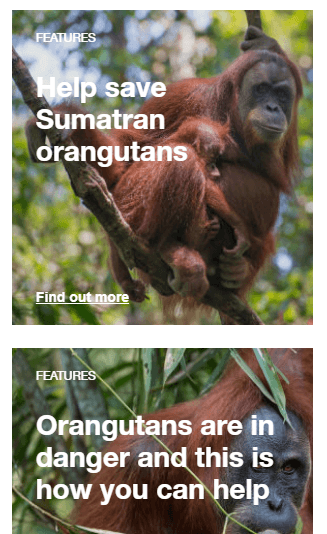
For this research I decided to choose the company “Lush cosmetic”. It was founded by Mark Constantine and Liz Weir (who created the bath bomb) in 1995. They promise to make products from fresh organic fruits and vegetables, essential oils and safe synthetics. Their goal is buying ingredients only from companies that don’t conduct test on animals.
Who do you think the web site is targeting: the website gives quick access to all the information needed to know the brand. They present their goals and links to articles about the environment and how their products are made in order to be more transparent with their consumer. The homepage also tells us about their new product line centered on the notion of giving back to community and conservation projects.


The brand target any consumer who is interested in taking care of themselves and who have an interest in the environment and the wellbeing of the animals. Based on Lush’s commitment to its manufacturing processes, we can say that many people within Lush’s target market are either vegetarian or vegan. So the current target audience for LUSH are young, professional women ages 20-35 who desire eco-friendly products (“Digital Strategy Lush- Your Daily Dirty Routine,” 2014). Their customers are defined as “SEGOR”, which refers to someone with sustainable, ethical, green, organic or responsible attributes (“CASE STUDY – LUSH: Pure and Simple,” 2006). They value a positive in-store experience, and are more likely to buy products if they can test them beforehand and receive advice about the product’s quality. It is important for them to be a part of the creating and designing process of a product (Carr, 2017).

Additionally, mothers with children are a key target market for LUSH because these women tend to be more conscience of what goes on or into their bodies in their child’s best interest. According to CASE STUDY – LUSH: Trends in the organic personal care market,” 2006, 42% of expectant mothers deemed consumption of organic goods to be of top importance. This target is technology savvy and are constantly up to date with multiple media channels (“Digital Strategy Lush- Your Daily Dirty Routine,” 2014).
Another target would be the young consumer, they are more likely to change brands often for the sake of variety and novelty. And they would like to buy things that their friends or neighbors would approve. They also more willing to pay more for environmentally-friendly products and look for special offers.
Competitors
One of Lush competitor is the body shop. The company produce both nature-inspired and cruelty-free products. Their products are comparable to those of Lush (hair, skin care, make up…). While they have their own shop, their products are also sold in through larger companies, such as Ulta. The Body Shop uses less creative and eco-friendly packaging than LUSH, which gives LUSH an advantage in the eyes of both artsy and environmentally-conscious consumers. Moreover, according to LUSH’s Director of Brand Coordination, Brandi Halls, people prefer LUSH’s in-store experience over other beauty stores, as it is more interactive and personal (Carr, 2017).
Origins Cosmetic: it is a higher-end cosmetics company that sells similar organic beauty and skincare products to those of LUSH. On their website, we can see that they use “earth-friendly practices” to create their products. In fact, according to their “Our Commitment” page on their website, Origins is one of the most environmentally friendly companies out of Lush competitors, and they use this as a main selling point. Similarly to LUSH, Origins is involved with philanthropies such as Plant-A-Tree and Breast Cancer Awareness. The difference with Lush is that they are not 100% cruelty-free when it comes to testing their products, as can be observed on their website. The company appeals to a primarily older audience because of some successful products such as anti-aging and skin repair products (Gagnon, Greenberg, & Terrall, 2017).


References:
- “Our stance on fait trade”
- https://uk.lush.com/article/our-stance-fair-trade
- “Is lush an ethical company?
- https://uk.lush.com/article/lush-ethical-company
- Sarah Vizard, “Lush on its journey to provide ‘the ultimate customer experience”, 22 January 2018 (Accessed 1 December 2018)
- https://www.marketingweek.com/2018/01/22/lush-ultimate-customer-experience/
- Ilyse Liffreing, “Why Lush features men and women alike in its marketing “ May 15, 2018 (Accessed 1 December 2018)
- https://digiday.com/marketing/lush-features-men-women-alike-marketing/
- Brand Strategy, (case study) “LUSH: Pure and simple”, 14 June 2006 (Accessed 05 December 2018)
- https://www.highbeam.com/doc/1G1-147029302.html
- New Media, Drivers License Seminars, “Digital Strategy Lush- Your Daily Dirty Routine,” 2014 (Accessed 05 December)
- https://newmediadl.cas.msu.edu/homework/1670/140648
- Origin Cosmetics website
- http://www.origins.com / https://www.origins.com/customer-service-faq